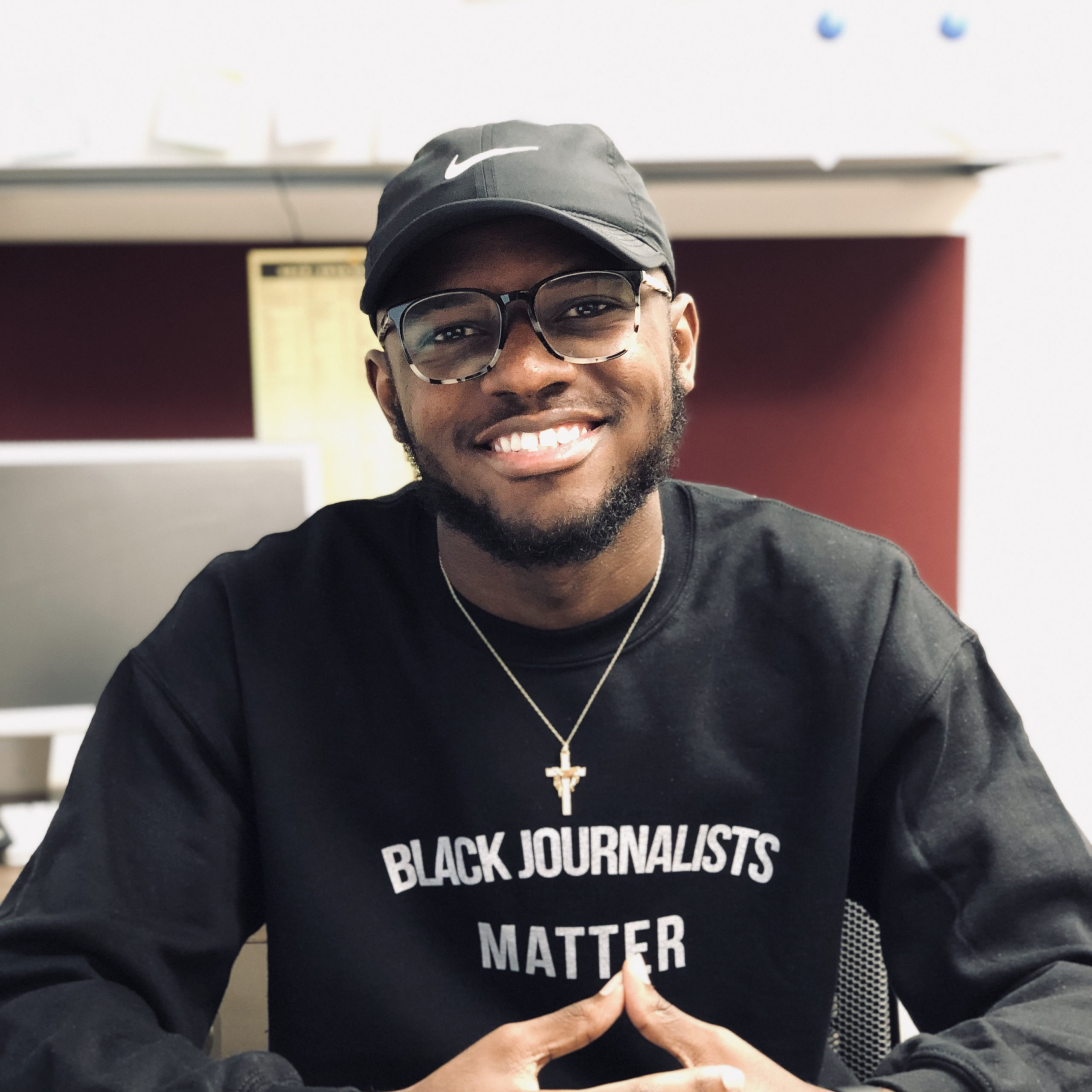First Amendment attorneys secured a victory in the Supreme Court on Wednesday after an 8-1 majority ruled in favor of a Pennsylvania high school athlete who, upset after not making the varsity cheer and softball rosters, used F-bombs in a Snapchat story to criticize the school.
Though the Mahanoy School District v. B.L. decision ruled in favor of the student, who posted the captioned photo while off campus, legal experts noted that there are still holes left to fill in free speech cases concerning students and school districts.
“The message that you get basically, is they want to move cautiously — and they’re trying not to set down a bright-line rule that will decide a lot of cases because they understand a lot of different factors at work, and they want to leave lower courts some flexibility in deciding these kinds of cases in the future,” said Kermit Roosevelt III, a professor of law at the University of Pennsylvania.
The court was nearly unanimous in its decision, with the only dissent coming from conservative Justice Clarence Thomas. Thomas has been consistent for years on his stance that public school students have minimal Constitutional rights, Roosevelt said.
The off-campus nature of the student’s activity with no real link to the school was a determining factor in the case, the majority expressed. To Roosevelt, the overwhelming majority opinion might suggest that there’s growing concern on the court’s behalf for students’ free speech.
[the_ad id=”667826″]
Following precedent set in Tinker v. Des Moines, the 1969 decision involving students who protested the Vietnam War in school by wearing black armbands, the court majority ultimately decided that the student’s off-campus speech didn’t cause any real harm or disruption to the school.
“The big takeaway to me is the court is definitely not prepared to say that there’s no distinction between off-campus and on-campus speech,” said Frank LoMonte, director of the University of Florida’s Brechner Center for Freedom of Information. “The school lawyers were hoping to break that wall down and treat all online speech as if it’s on-campus speech.”
“There’s no reason for the proposition that speech is equally punishable all around campus, just because it might cause people on campus to become upset,” he said.
For school principals, the decision complicates their ability to ensure that campuses are safe for all children, said Ronn Nozoe, CEO of the National Association of Secondary School Principals, an organization that aims to transform education through school leadership.
Nozoe said the decision will make it more difficult for school administrators to make on-the-spot decisions when future situations occur. They now “have to be attorneys.”
“At the end of the day, our members’ No. 1 concern is making sure that the schools are healthy and safe places where all kids feel welcomed and safe,” he said. “We’ve been very consistent upfront, saying, ‘As long as it doesn’t get in the way of our ability to deal with this kind of off campus behavior that does threaten the safety and security and normal operations of the school, (it’s) fine.’ … The decision, as I read it, leaves that door open.”
[the_ad id=”667872″]
Most principals are not interested in regulating free speech, Nozoe said, “They’re all just concerned about, ‘Hey, they did some stuff, or sent some stuff, either on campus or off campus, and it’s causing a disruption on campus that is challenging the ability of our school to run smoothly.’”
The question in free speech cases involving public schools remains: To what extent can schools say that other students’ reactions make a situation disruptive?
In the Tinker case, for example, wearing an armband didn’t meet that threshold. The court made it clear that a school official’s desire to avoid uncomfortable discussions or unpopular opinions was not enough to warrant First Amendment limitations.
Future situations might not be as clear.
Even with the questions left unanswered, the Student Press Law Center considered the decision an important win for students. However, Sommer Ingram Dean, an attorney at the SPLC, said the decision underscores the hypocrisy of the court in carving out exceptions for the ability of student journalists to exercise those rights.
“(S)chools have a strong interest in ensuring that future generations understand the workings in practice of the well-known aphorism, ‘I disapprove of what you say, but I will defend to the death your right to say it,’” the court noted in its decision.
But day-to-day, Dean said, schools are relying heavily on precedent set in Hazelwood School District v. Kuhlmeier, a 1988 Supreme Court decision that determined a high school principal’s removal of a student newspaper’s articles did not violate students’ rights, to do the opposite: “They both disapprove of what student journalists may say, and also deny their right to say it.”
“This was a situation where the Supreme Court could’ve gone much further in eroding students’ free speech rights,” Dean said. “They took the opportunity to reaffirm the fact that students shouldn’t be treated as second-class citizens, especially when they’re off campus.”
“I think that this decision from the Supreme Court sets us up nicely for schools and school officials to be aware of the fact that any time they are trying to limit speech rights, when they’re not on campus, they’re going to have a pretty heavy burden to meet.”
[the_ad id=”667878″]







